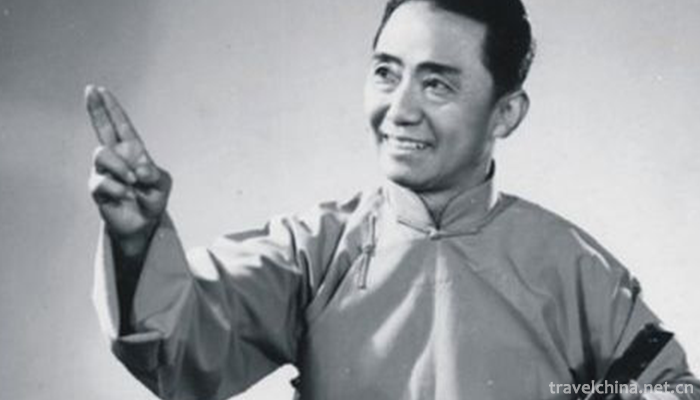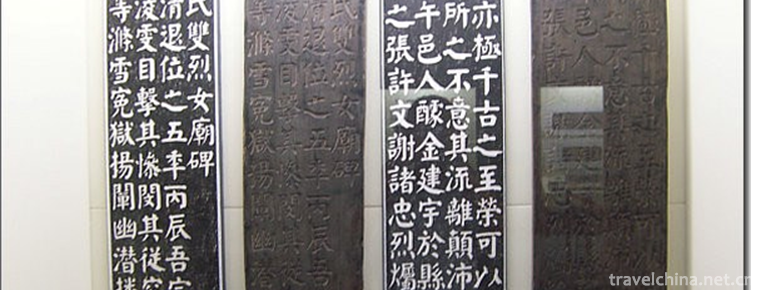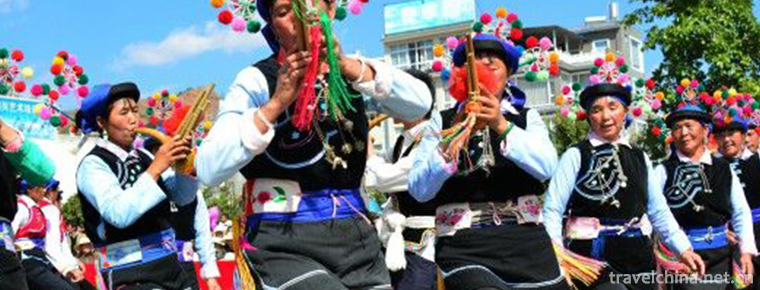2019-05-03

- By ChinaWiki.net
- Chinese Edition
- 2019-05-03
hubei drum
The original name of Hubei drum is "drum book", also known as "drum storytelling" and "drum Beijing tune", etc. It is a traditional rap art popular in Xiaogan, Huanggang and Wuhan. In 1950, the name of the Great Drum in Hubei Province was named, and it was widely circulated in Hubei Province.
On June 7, 2008, the "Hubei Drum" jointly declared by Wuhan City and Tuanfeng County of Hubei Province was listed in the second batch of national intangible cultural heritage list with the approval of the State Council.
historical origin
The original drum script in Hubei has the same clan relationship with the traditional drum-ci-type rap art in northern China, and the drum-ci (drum script) is closely related to the story-telling (commentary) in history.
When Buddhism prevailed in the Tang Dynasty, believers not only talked and sang Buddhist scriptures and historical stories, but also talked and sang about folk incidents, such as "Qiuhu Novels" and "Chang Yichao Bianwen". By the Song Dynasty, from "Bianwen" to drum ci, there were some professional scripts. After polishing and processing by literati, these scripts have a higher artistic quality. From Ming Dynasty to Qing Dynasty, drum lyrics became more and more popular in the north and gradually spread to the south.
The history of Drum Books in Hubei Province is rarely recorded in the official history. From the inheritance relationship between drum calligraphers and apprentices, it can be inferred that in the late Qing Dynasty, drum calligraphers were well-known performers and apprentices. It must have lasted longer before that. Among them, the early famous artist Ding Haizhou (Ding Tieban) is said to have come from Shandong Province to Wuhan, Hubei Province to make a living by offering art. He taught five apprentices, including Huangyushan, Pan Hanchi, Wang Mingle, Chen Qianwen, Zhang Mingzhi, Fu Qungang and Hu Wei, who have experienced eight generations of inheritance. At the same time, there are also some famous artists of Gushu such as Wei Yuanzong (Weiguangshan), Liu Yuanzhong (Liu Huangchuan) and Gong Boting, Liu Yuanpeng in Henan Province.
Gushu artists from the north still keep the characteristics of northern drum lyrics when they sing. They use the northern accent, hold two crescent-shaped steel sickles (or iron, copper) in one hand, and stick wooden sticks in the other hand to beat drums and sing. Later, in order to be easily accepted by the people of Hubei, their disciples gradually switched to the Hubei accent and changed their singing tune, gradually adopting the local people's favorite tune. Then, the steel sickle was gradually replaced by cloud plate, the big drum was replaced by the small drum, and the rap was also welcomed by the local people with a local accent, and the popularity was becoming wider and wider until the vast areas of Wuhan, Eastern Hubei and Northern Hubei. In this way, Drum Book took root, blossomed and finalized in Hubei Province, and became an important kind of music in Hubei Province.

Ask a Question
Your email address will not be published.



0 Questions